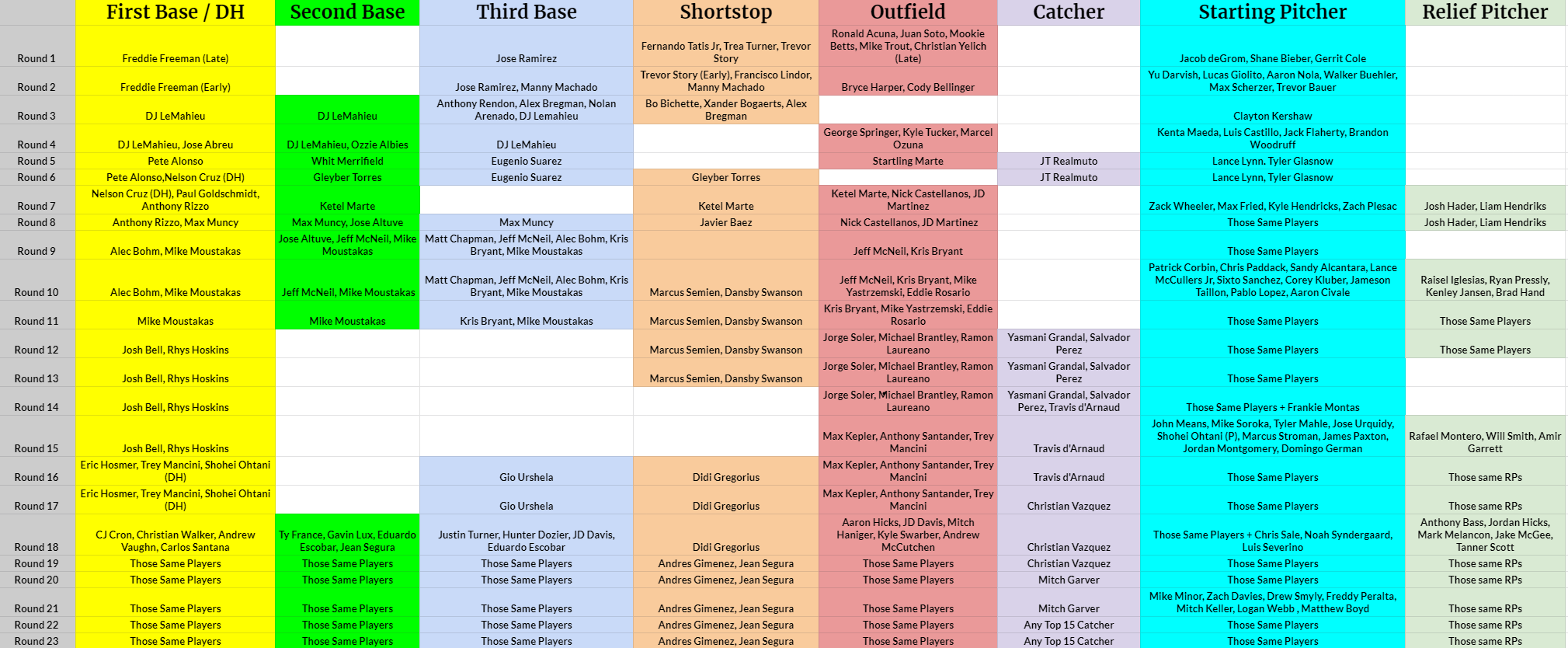
:max_bytes(150000):strip_icc()/best-free-online-database-creators-3486264-C-v1-5b3688b3c9e77c001a597727.png)
Granted, OPS is generally going to tell a similar to story to wOBA, but OPS dramatically overvalues slugging relative to OBP.

A double is worth more than a single, but it is not worth precisely twice as much, which is how slugging percentage sees it. Yet slugging percentage and OPS do not properly resolve this issue because they weight the actions based on a 1-2-3-4 system that is simply designed to count bases.

So right away, batting average and on-base percentage fail to capture this important difference. If you had to choose one or the other, the double is always as good or better than the single. Second, it weighs those actions based on how much they contribute to run scoring on average.Įveryone knows that a single and a double are differently valuable. First, it includes everything from walks and HBP to home runs and sacrifice flies. It is superior to AVG/OBP/SLG and OPS for two key reasons. Essentially, wOBA is an offensive rate statistic that reads like OBP which tries to offer you a complete look at a player’s performance. If you understand and accept wOBA as a statistic, you’re ready for anything that we might throw at you. As you can probably tell, we have hundreds of statistics available on the site, but I believe that if you learn four statistics/concepts, you’ve picked up most of what you need to know to interpret most sabermetrics. What are the first few statistics they should learn to better understand everything we offer. One of the most common questions we get from fans who are curious but not well-versed in sabermetrics is where they should begin. We have questions about the game and sabermetrics is about bringing all of the relevant data into the conversation to answer them. That’s just an example about one or two statistics, but the goal is always better evaluation and using the proper tool for question at hand. Sabermetrics, at its heart, is about making sure we capture as much of that as possible. So there needs to be a way to credit hitters for getting on base, but also for how much their particular way of reaching base is worth. Beyond that, batting average and on-base percentage assume that each hit or time on base is equally valuable, when we know that extra base hits lead to more runs than singles and walks. Batting average completely ignores walks, meaning that it is failing to capture important information about the hitter. A walk is a positive outcome for the batter, and while it isn’t as valuable as a single or a double, it is much better than making an out. The most obvious example of this is the difference between batting average and on-base percentage. But as gathering, collecting, and sharing information became easier, a group of baseball teams and analysts started to develop statistics that were slightly harder to track and disseminate, but ones that were a much better reflection of talent or performance. For decades, statistics like home runs, runs batted in, batting average, wins, and earned run average were all we had to determine which players were good, which were bad, and which were in between. Sabermetrics is about trying to evaluate the sport more accurately. Why Sabermetrics | The Basics | What We Offer | Key Concepts & Terms Now, if you click to our Library you can find this page very easily that helps catalog important topics outside of basic questions like “is wRC+ park-adjusted?” It will be a constantly updated section, so if you think of something that belongs here, please let us know. If you were new to the discussion at precisely the right time, you probably read it.
#Fangraphs data creator series
In the summer of 2014, I began a series of posts that hit on these major concepts, but I noticed how quickly that knowledge was fading from view. Here you can find an explanation about the kinds of metrics we offer, but also a guide that walks you through the process of learning about sabermetrics. To that end, welcome to the Library’s new “Getting Started” page. You’re no doubt familiar with this space as a depository for specific information on individual statistics, but we also have a blog section that walks you through a variety of concepts and ideas that don’t really fit well in a “What’s wOBA?” style page. This kind of resource is difficult to cultivate because so much of the great content that helps explain the numbers gets lost in the expansive oceans of daily blog posts. One of the goals of the FanGraphs Library is to create a static location where you can come to learn about or brush up on the advanced metrics we use on the site.


 0 kommentar(er)
0 kommentar(er)
